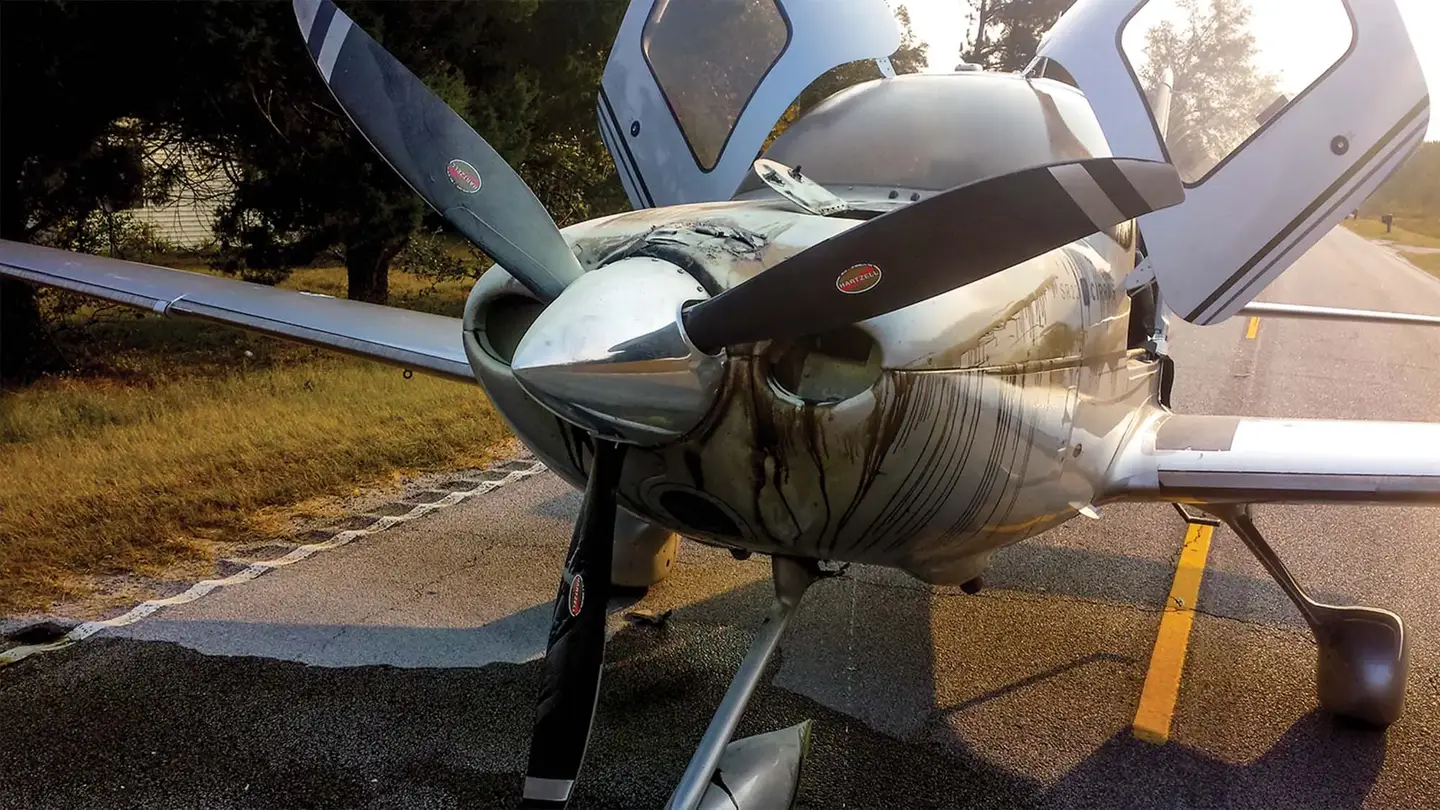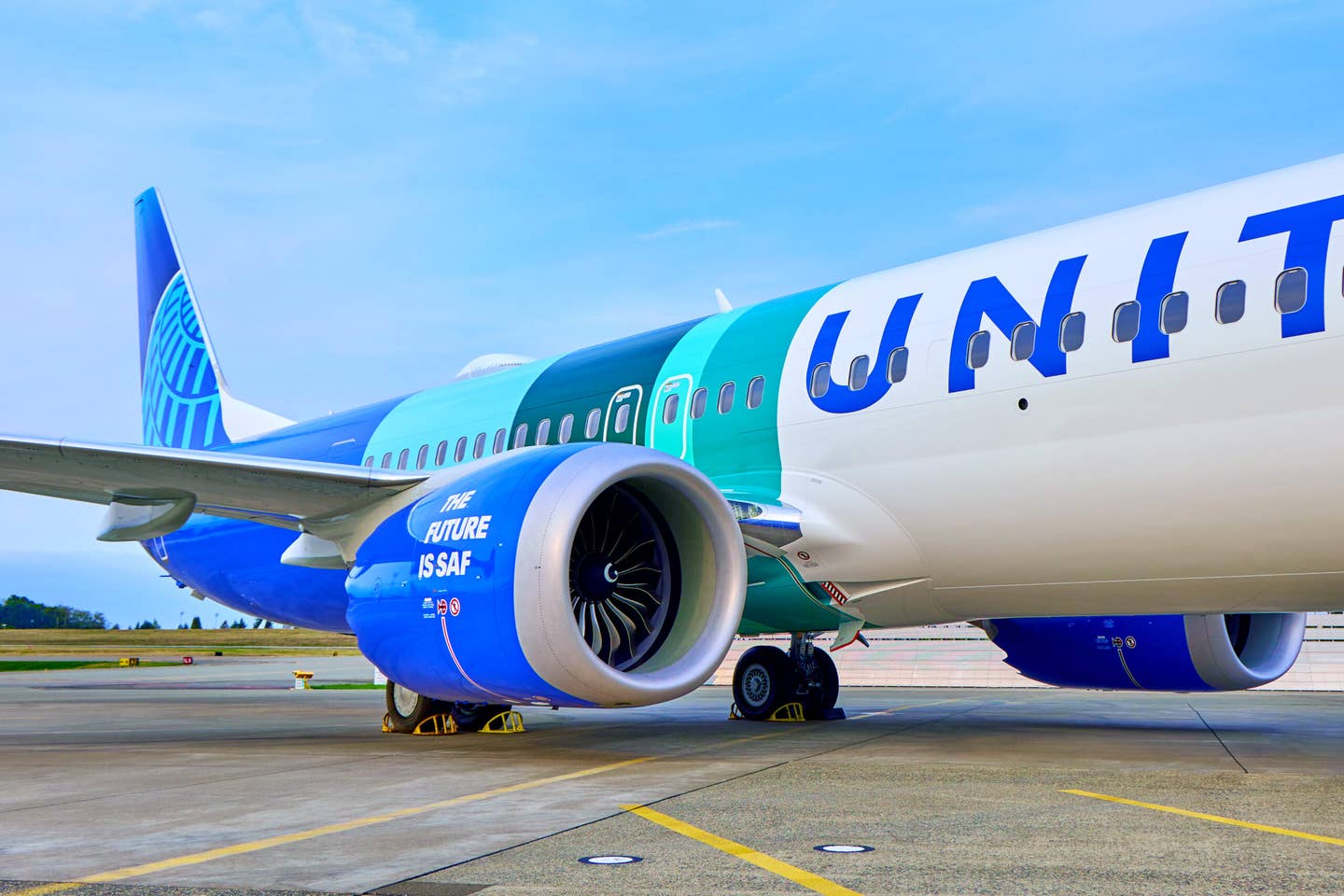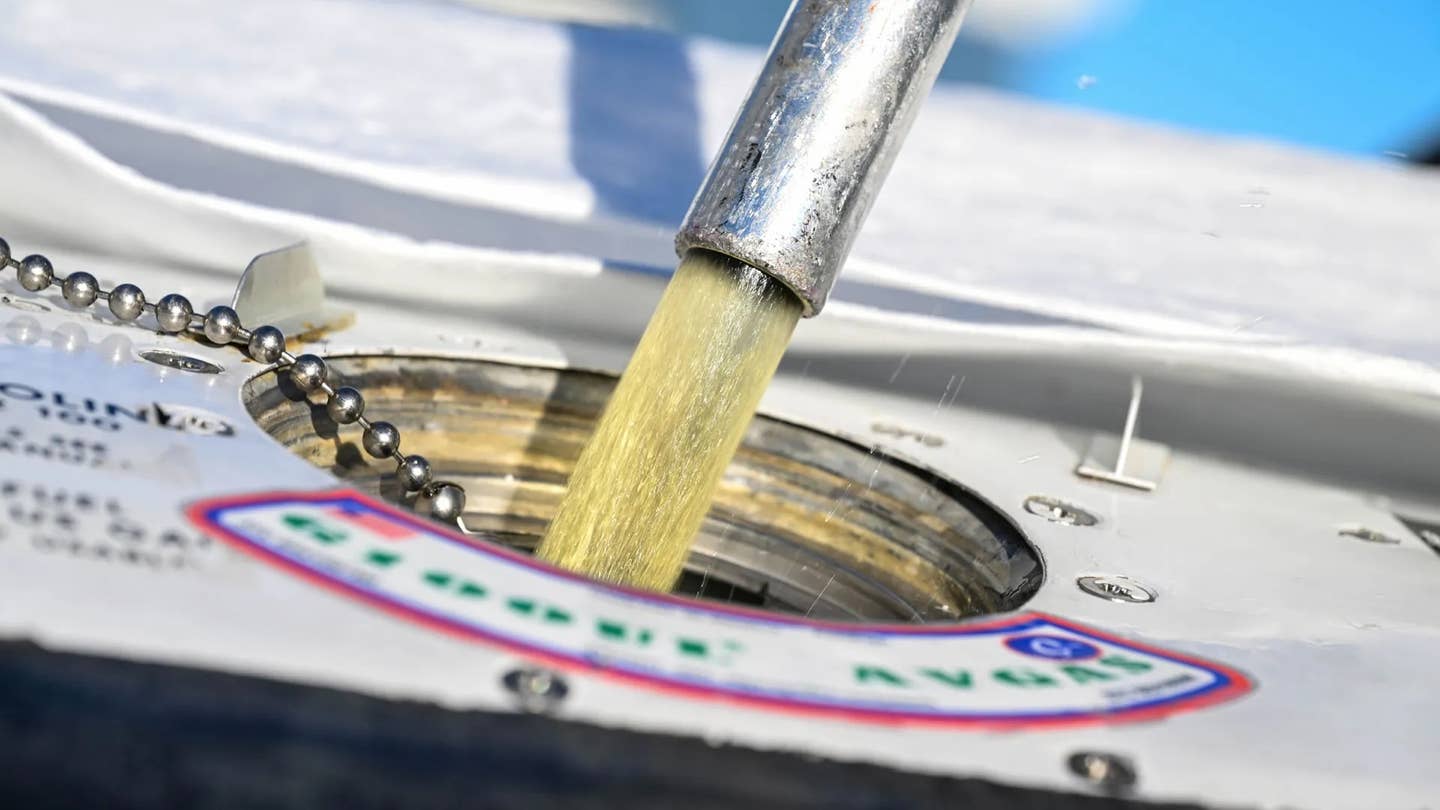Motor Head #12: Troubleshooting 101 — Never Give Up, Never Surrender
It takes patience and tenacity to build an airplane. And a bit of luck and a lot of skill (and help) to do it in less than three weeks. But if you try to rush the troubleshooting when finishing, you may take longer and cost more, as AVweb’s Marc Cook explains in this month’s Motor Head column.
Galaxy Quest is truly one of my favorite movies, a splendid yet warm-hearted send-up of every schlocky sci-fi series you've ever seen. In it, we learn that the crew's motto -- "Never give up, never surrender" -- begins its bane but concludes its savior.Recently, this phrase has been threading through my gray matter like some misdirected television commercial or a catchy pop tune that XM Radio just won't let go. Haunting, like white noise, it's become my mantra as I work through something every builder of an experimental/amateur-built airplane knows excruciatingly well: Phase I Flight Test.Yes, as you may have guessed from the last installment of this column where I confessed to laying down a pile of cash for a Barrett-built IO-390-X engine, I've rejoined the roll-your-own types and have a homebuilt flying. (Where else would I use the 390? My California home doesn't have enough lawn for that kind of uber-mower.)
The airplane itself is a GlaStar Sportsman 2+2, a clever collection of materials -- steel-tube fuselage cage, traditional riveted-aluminum wings, rudder, elevator and horizontal stabilizer, and fiberglass-shell fuselage that's only truly structural from the aft seats to the tail -- rolled into a utility/bush/could-go-on-floats-someday conveyance. By pressing myself through a prototype of Glasair Aviation's dramatically revamped Customer Assembly Center program, we had the airplane up and flying in 18 working days that included just one Saturday. Over the course of the program, with the help of CAC employees Brandon Rodstol and Seth Town (and additional assistance from Ted Setzer, the man who has had a hand in just about every prototype Glasair and GlaStar extant), the Sportsman came together with dramatically surprising ease. For sure, the parts of the program that had been proven by the 23 previous CAC customers -- the basic structure, wings, control system and landing gear -- proceeded with a swiftness that belied the complexity of the tasks.
But It's Not Over Yet ...
Cutting to the chase, then: In 18 days, the airplane was ready to fly, signed off by an FAA-designated inspector, insured, inspected (by three of us, independently), prodded and probed. The first flight, which lasted almost an hour, proved nearly trouble free. The engine ran splendidly, the airframe showed that it wanted to fly straight, and nothing electrical made so much as a whiff of smoke.Standing next to the airplane as the big, blue engine crackled back down to ambient temperature, it would have been easy to forget the trials of the last few days leading up to first flight. But in those trials are many lessons, some of which I learned for the first time and a few, I'm sorry to say, I had to learn again after some time away from critical problem solving around an airplane. (I sold my Bonanza almost four years ago, and haven't had my Pulsar homebuilt for a decade; those hard-won experiences ferreting out problems apparently had suffered a bit of the control-alt-delete syndrome.)
It's All There But It Won't Start
Our first sign of trouble came on Day 15, when we rolled the airplane out of CAC's shop and attempted the first starting of the engine in the airframe. (Recall that it had run for 90 minutes or so at Barrett's engine shop.) We'd filled the tanks, checked for fuel leaks, established fuel pressure throughout the system, and figured we were ready to turn the key and be greeted by a four-cylinder symphony.No chance. Despite a few plaintive pops and cackles, the 390 wouldn't light. Why not?Quickly, we started running down the short list of key ingredients every engine needs to run: compression, fuel, spark and air. We'd run the engine with the sparkplugs out to prime the oiling system and it was clear that we had compression on all four.Because checking fuel was the next easiest thing, we began cracking fittings -- starting at the firewall pass-through -- to be sure we had fuel flow through various parts of the system. (I don't really have to point out to be careful with this step, do I? Don't do it inside, or with a stogie in your mouth, and be sure to clean up your mess.) We got fuel flow all the way up to the injection servo but not after.Hmmm. That would do it. Bad servo, call it a day. In fact, we'd had some trouble with this servo on the dyno, and couldn't get the engine to idle properly. Another servo was fitted and the engine ran perfectly. The original servo went back to the manufacturer, who bench-checked it and proclaimed it to be in fine health.But it didn't add up. We knew the engine ran with a different servo. In our minds, doubts persisted: There must be something wrong with the original servo still.Well, not so fast.
I'm embarrassed to say that we got as far as fitting another servo from another engine -- the third such to join with my brutish 390 -- before we slowed down and really looked at the situation. (Ah, finally ... the useful advice!) Through a series of miscommunications, the servo manufacturer had done as we'd requested by reversing the orientation of the mixture-control arm. We'd assumed, incorrectly, that the manufacturer also had reset the way the valve worked, so that as the arm moved away from the firewall it would also move the control toward full rich, the logical setup.No fair peeking ahead: Yes, we were mistaken. The arm had been reversed but not altered in its function. We all walked around, heads low and toes kicking the ground, realizing that we'd just tried to run the engine with the mixture in idle-cutoff and it resolutely refused to perform, just as it should. Worse, there are markings on the stops of the controls indicating what's happening at each extreme-end of the throw. If we had taken five minutes to look at the markings first, or to check them as soon as we encountered problems starting the engine, we could have saved ourselves hours of work. It was our fault, totally.We were at least on the right track, trying to ascertain exactly where the fuel-flow interruption was before we began pulling parts. If only we'd carried it to the next logical step, we would have felt a lot smarter. There are two lessons here, actually: Slow down when things don't go right; and, perhaps more important, think very critically about everything you're touching, every part of the system, and ask, "What could be wrong with this?"Maybe it doesn't pay to be a glass-half-full kinda guy.
Oh, But We're Not Done Yet
Soon after we discovered our problems and had the servo reworked by the manufacturer so the mixture lever worked in a way that would keep us from having to make all new control-cable mounts -- thanks Airflow Performance, that's service -- we began flying the airplane. It didn't take long for me to realize that it just wouldn't start properly. Hot or cold, it would crank and crank, unwilling to fire. Every time I decided to give up it would come to life.Hmmm, that's really odd.The first time something odd happens, it's just odd. The second time, I get suspicious. The third time makes a definable pattern that needs to be investigated.So between the third and fourth flights, I took a few minutes to double-check the wiring to the magnetos. A cursory continuity check showed that they were both grounded with the switch Off, individually ungrounded (in the run mode) when they were supposed to be, and the right mag grounded during the start sequence. (The left mag has the impulse coupling and should be the only one firing during startup.) Then, just out of curiosity, I wiggled the switch and found my problem: With the switch held hard to the Start detent, both mags were being grounded. But when I relaxed just a bit, the left mag came to life. Well, that would explain the funky starting.More lessons learned: Check the easy stuff first. Keep your eye on the basics of what makes an engine run and don't get distracted by whacko theories until you've proven that the simple stuff is working properly. Finally, don't assume any part is good just because it's just come out of the box. That ignition switch was brand new.
Why Are My Troubles Important To You?
Between all of us working on the airplane, we should have seen some of these issues coming, at least the servo rigging. But we were focused on getting the airplane ready to fly, just as it's easy to look past what you're doing during, say, an oil change or compression check when you know the weekend is coming and the weather is looking good. The best mechanics I know move like molasses, never drop a wrench and always think twice before pulling any part or assuming any component is good or bad. I wish I'd been more like them, and will endeavor to be so as N30KP and I move through life.
Got motors on your mind? Check out the rest of Marc's columns.






